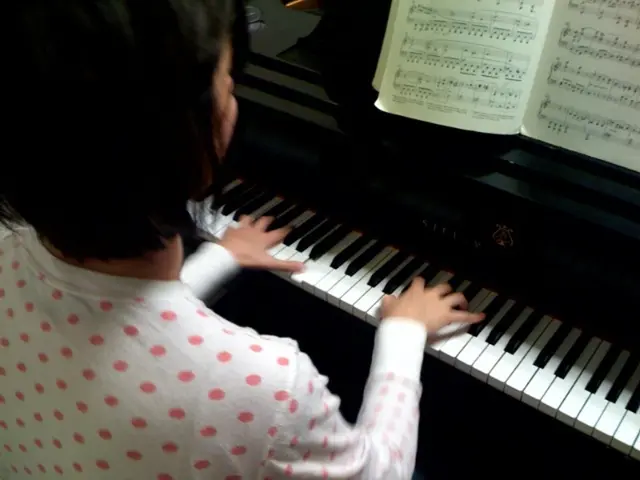Ireland's female musicians deserve your attention now
In Linda Coogan Byrne's new book, "Why Not Her? A Manifesto for Culture Change," the author underscores the profound discrepancy between male and female artists in the Irish music industry. Through the use of hard facts, personal testimonies, and examples of activism, the book presents a clarion call for change.
The experiences of female Irish artists often differ significantly from those of their male counterparts, as evidenced by the successful careers of artists such as Dermot Kennedy, Hozier, Moncrieff, and The Script. Meanwhile, the path for women in music has been strewn with obstacles, requiring tenfold effort or departure from the island to find success.
Artists like CMAT, Orla Gartland, and Bambi Thug have pursued their careers abroad, highlighting the scarcity of opportunities for women in the Irish music scene. even iconic Irish bands like The Cranberries only achieved significant recognition after breaking into the American market.
One exception in recent years is Jazzy, whose collaboration with Belters Only propelled her to the top of the Irish music charts. Her success serves as proof that giving women a chance leads to their dazzling potential being unleashed.
An analysis of the Irish Singles Chart reveals the startling extent of exclusion experienced by female artists. Over the past 20 years, for every female act that reached the chart, 4.6 male acts also did so. Male acts also dominated the Top 10, holding 71.1% of the positions over the past two decades.
The absence of women of color from mainstream success is particularly striking; between 2010 and 2020, no Irish woman made it to the top spot.
However, the powerful collaboration of Irish Women in Harmony, who covered The Cranberries' "Dreams," broke a decade-long drought and raised funds for Safe Ireland. Their rendition reached Number 15 on the Official Irish Singles Chart and Number 1 on the Official Irish Homegrown Chart, marking the first time a female act topped the Homegrown Chart in over a decade.
Inequality in the industry is not solely about talent; it's about access. The system has systematically excluded women, resulting in male artists dominating radio playlists, festival stages, and chart success. Female artists often struggle to gain airplay, which is crucial for their chart success.
Orla Gartland, an independent Irish female artist based in London, exemplifies this trend. Despite winning Best Song Musically and Lyrically at the Ivor Novello Awards, she has received significantly fewer radio plays compared to her male peers.
Industry executives' explanations for this disparity often lack merit, relying on flimsy excuses such as "men make better music than women" and "people prefer to listen to male acts." These arguments are a far cry from thoughtful critiques, instead revealing deep-seated biases and a lack of willingness to change the status quo.
"Why Not Her?" argues that the time for change is now, as the next generation of listeners and musicians is poised to demand - and receive - a more equitable music landscape. The book is available now via Amazon and bookstores online.
- Despite talented Irish artists like Orla Gartland and CMAT, the fashion-and-beauty and lifestyle spheres often receive more attention than women's health and women's health-and-wellness in the media, reflecting the imbalance in opportunities and recognition for female artists.
- The entertainment industry, including the music scene, presents a stark disparity between male and female artists, as shown by the number of male acts compared to female acts on the Irish Singles Chart. This discrepancy echoes other areas of society, such as science and health-and-wellness, where women are frequently underrepresented.
- The success of Jazzy and Irish Women in Harmony provides a shining example that the fashion-and-beauty and entertainment industries have the potential to positively impact women's health-and-wellness, promoting a healthier, more inclusive lifestyle for all. However, this change requires a deliberate effort to dismantle systemic barriers and challenge long-held stereotypes, as advocated in the book "Why Not Her?" by Linda Coogan Byrne.








